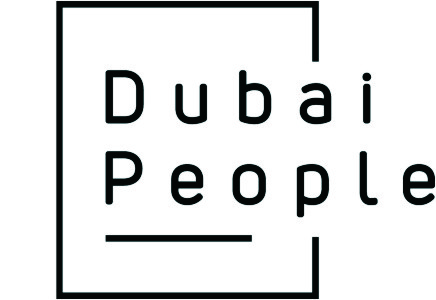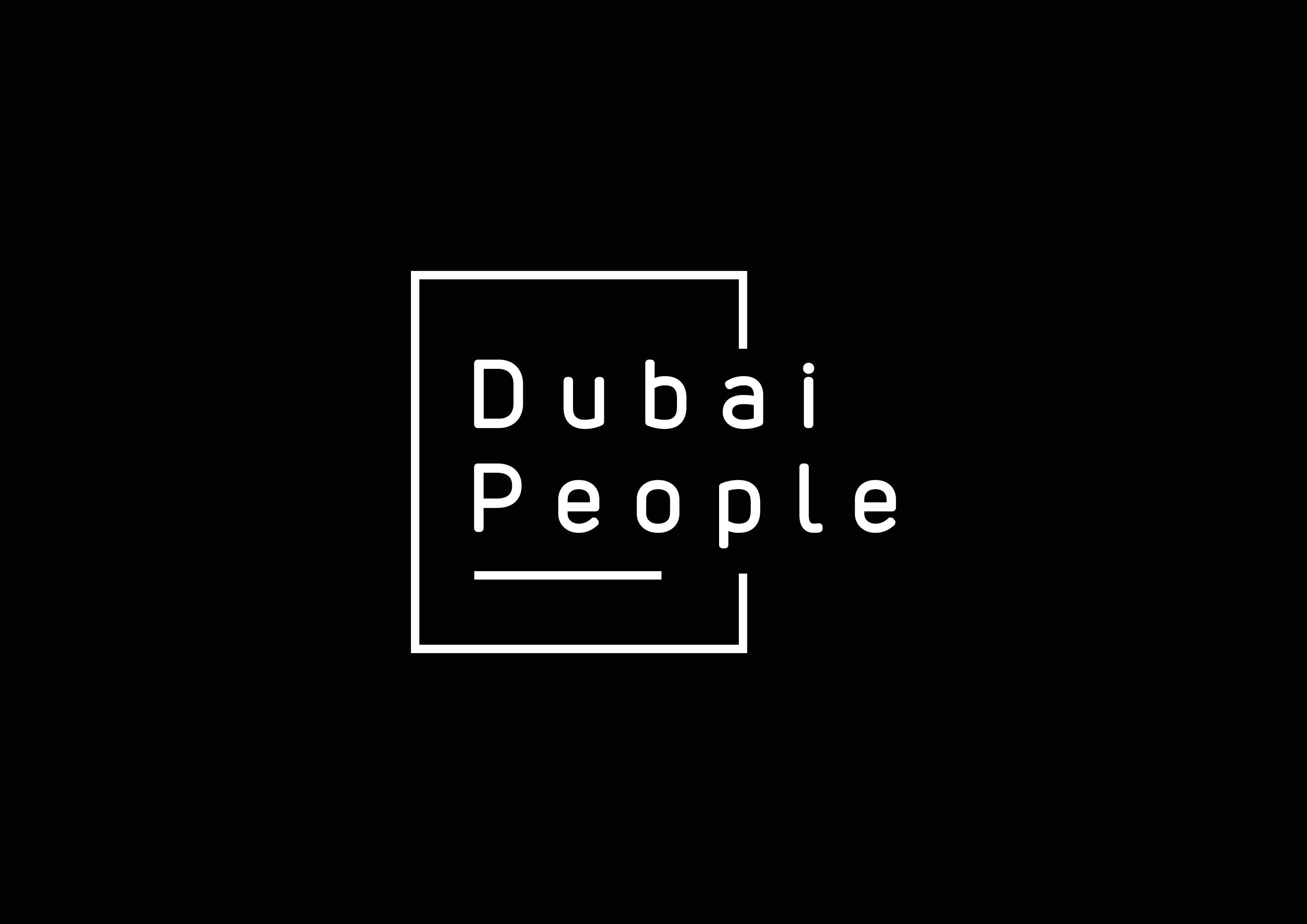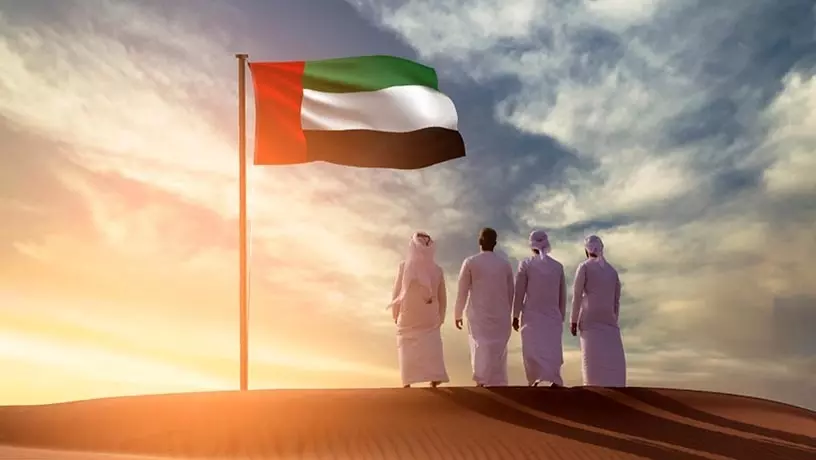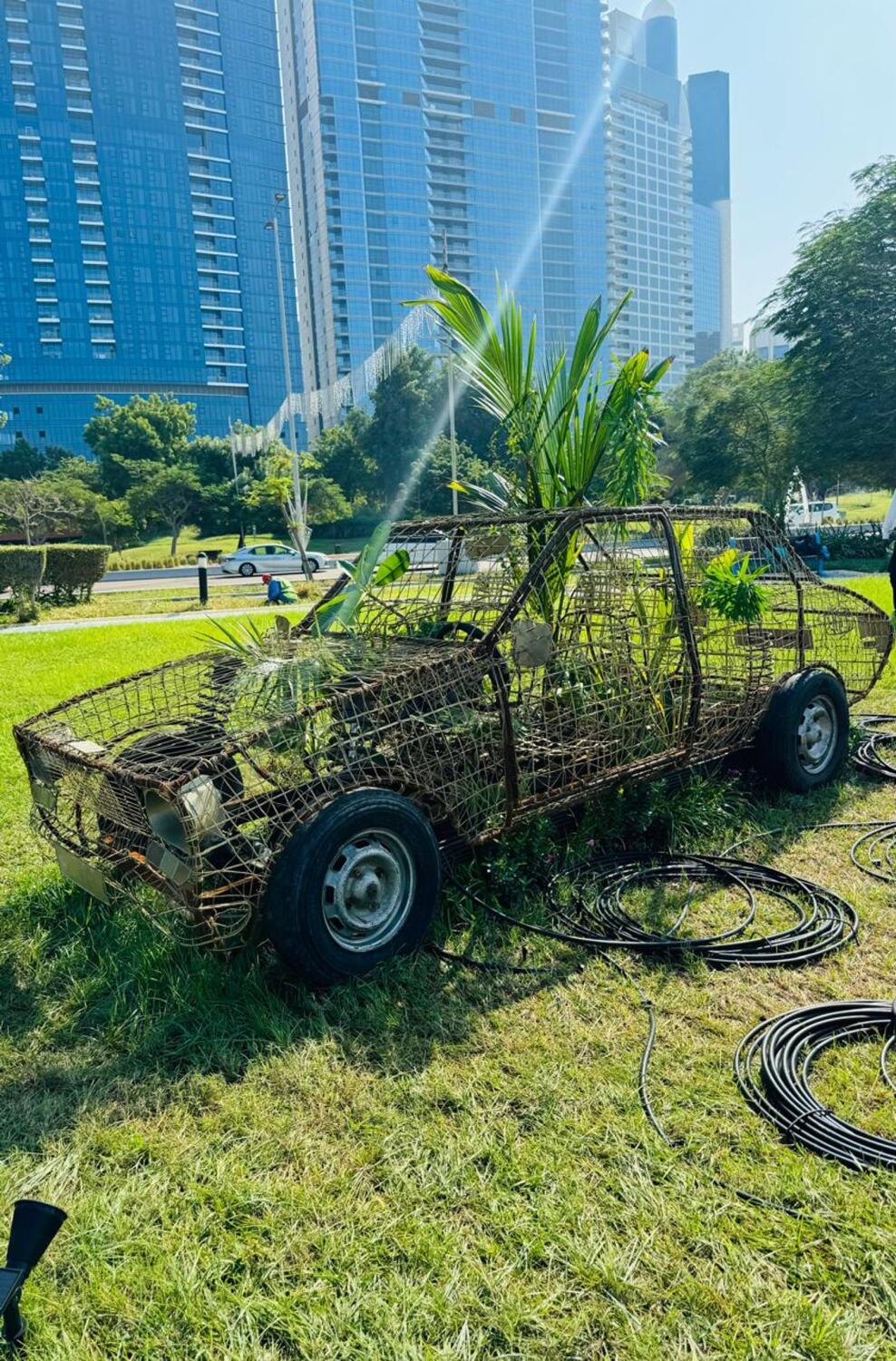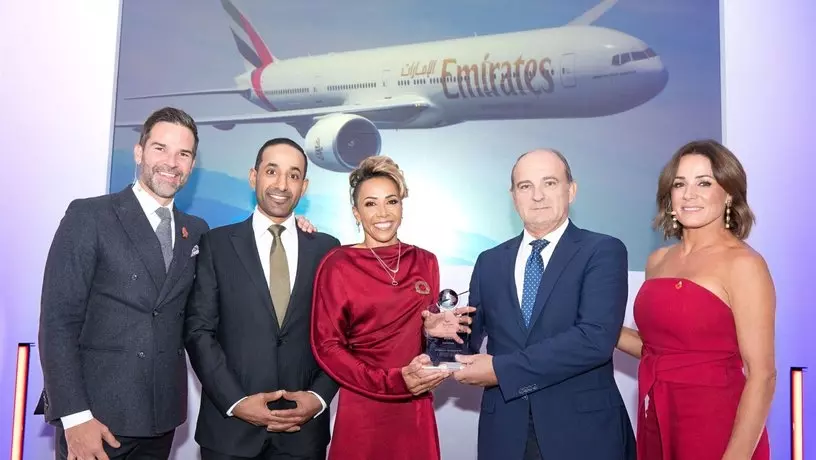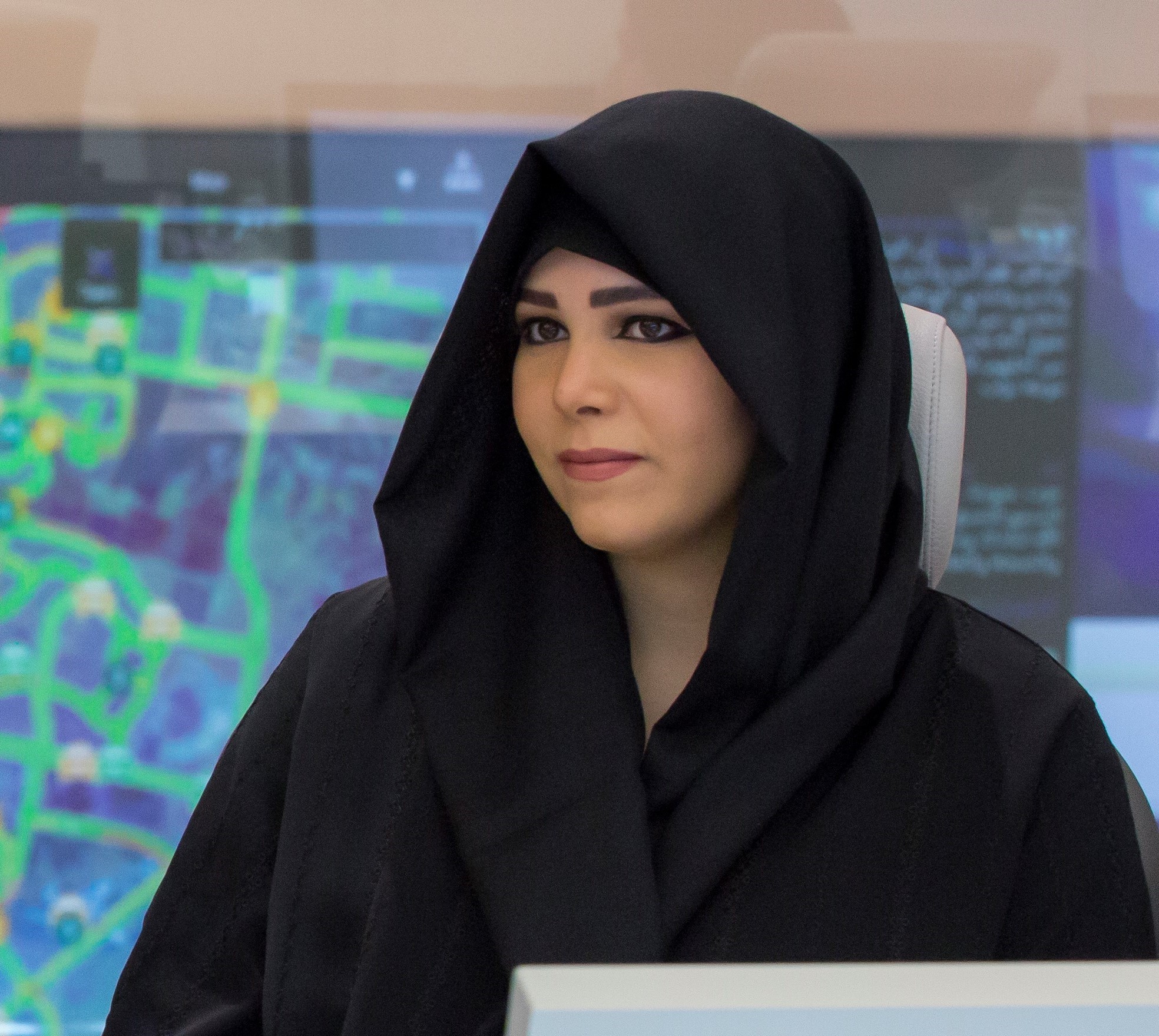
Dubai launches ‘The Dubai Framework for Cultural Statistics’
Dubai Culture and Arts Authority (Dubai Culture) has launched the ‘Dubai Framework for Cultural Statistics’, which establishes a comprehensive local statistical framework and classification of areas and activities of the creative economy in the emirate in line with international guidelines and standards in the field. This represents a new tool to develop a dynamic system that enables Dubai to keep an accurate finger on the pulse of the creative sector through comprehensive measures and data that tracks the health of the sector in line with international standards, as well as monitoring statistics on the cultural and creative industries.
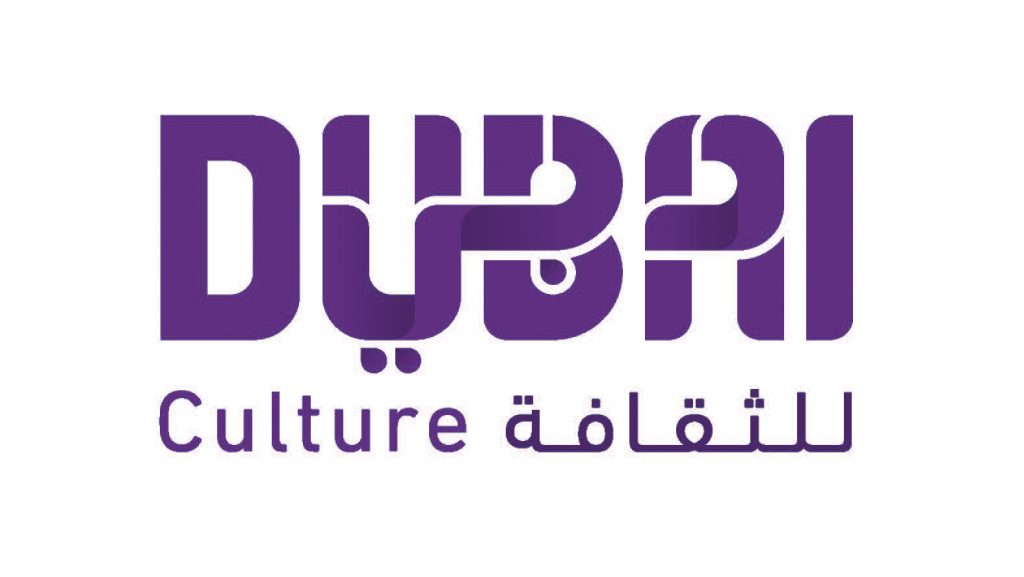
Her Highness Sheikha Latifa bint Mohammed bin Rashid Al Maktoum, Chairperson of Dubai Culture and Arts Authority (Dubai Culture), affirmed that the new statistical framework has been developed to suit the emirate’s cultural position through the use of data points that allow international comparison. The framework supports the planning methodology for impactful strategic projects that support the sustainability of cultural and creative industries sectors, develop a stimulating environment for them, identify the aspirations and trends of cultural and creative talents globally, attract them to live and prosper in Dubai, and enable them to flourish with their creativity, innovations and intellectual property across all creative fields, contributing to advancing Dubai’s creative scene and achieving a positive economic and social impact. This step has direct implications on the fulfilment of Dubai’s Creative Economy Strategy, which aims to make Dubai the global capital of the creative economy by 2026.
Her Highness said: “The cultural and creative industries sectors in Dubai have witnessed a steady organic growth over the past years, thanks to a number of factors. The credit for this goes the support of our wise leadership for this promising sector and the efforts that Dubai Culture and Arts Authority has endeavoured in strengthening the creative sector’s three pillars which are: the human capital of creative talents, the cornerstone of the creative economy – which the sector directly depends on. The second strength point is the supportive institutional and regulatory environment that the government provides in terms of policies and legislation, providing opportunities for partnerships and promising markets for the sector. Last but not least, is the availability of enablers that support the sector’s health, such as the physical environment (the maturity of urban infrastructure) and the spatial environment (the high quality of life); exclusivity where the unique features of the city allow it to generate value, attract and develop creative talent, and for the public to enjoy its output; provide the supporting infrastructure (social networks, incentives and support); and a mature digital environment, as digitalisation enables innovation and developing methods and tools that can increase access to the entire value chain of some sectors of the cultural and creative industries, enhancing their efficiency. All of this has enabled Dubai to attract global investments and creative talents in this vital and important creative sector.”
Her Highness added: “In order to achieve a sustainable environment for the sector’s growth, and formulate impactful policies based on concrete facts, it is necessary to collect reliable statistical data in line with global trends in the field to produce comparable results that support the decision making process. This, in turn, necessitates reliance on appropriate tools so that the measurement is as objective as possible, according to international standards. Therefore, we worked on developing ‘The Dubai Framework for Cultural Statistics’ by relying on the UNESCO Framework for Cultural Statistics as the main reference within the creative industry, and the Eurostat framework, with the addition of classifications and descriptions that fit the local cultural and creative scene and serves the creative sector in Dubai.”
The Dubai Framework for Cultural Statistics includes all international statistical classification systems and current relevant international standards within international classification code tables, production activities tables, and cultural goods and services and their definitions according to the International Standard Industrial Classification (ISIC4). The cultural fields that were defined in the framework represent the six main sectors: cultural and natural heritage, books and press, performing arts and celebration, audio-visual and interactive media, visual arts and crafts, and design and creative services, in addition to other fields that branch out from it.
Her Highness concluded: “The framework is based on the concept of the ‘creative value chain’ model for the sector, which helps us understand the relationships that link the various stages of the cultural product from ideation to production to distribution to the methodology of accessing the creative product. Thus, ensuring the existence of an integrated and stimulating economic value system for cultural industries that supports the creative community of individuals and institutions of all sizes and enables them to contribute positively to creating job opportunities for local talents and contribute more to Dubai’s local product.”
.@DubaiCulture launches ‘The #Dubai Framework for Cultural Statistics’ that sets a comprehensive, local statistical framework & classification of the domains and activities of the creative economy in the emirate in accordance with int’l references & standards in this field. pic.twitter.com/ImSXlYUApY
— Dubai Media Office (@DXBMediaOffice) December 7, 2021
Dubai Culture, as part of its Creative Economy Strategy 2021-2026, aims to develop mechanisms, legislative frameworks, regulations and policies to ensure ease of doing business in creative industries by investing in partnerships with government, semi-government and private sector entities.
Follow our Telegram Chanel



